Which Continuously-Variable Transmissions Are the Best?

Transmissions play a big part in how your car drives, especially when it comes to fuel efficiency. Fuel efficient vehicles tend to use continuously variable transmissions, but they still aren’t universally praised.
Instead, CVTs are often criticized for causing a droning sound by holding the engine at a constant RPM or remind drivers of a slipping (broken) clutch. But not all CVTs are bad. Some act like modern automatics, while others are simply fantastic at sipping fuel. But why waste time testing them all when AutoGuide.com can narrow the list to five? Here’s our take on the cars with the best CVTs available in the market today.
SEE ALSO: Should You Buy a Car With a CVT?
These were chosen because they improve the cars fuel economy significantly, enhance the feeling of the car or offer unique traits that other cars and transmissions don’t have.
Making an all-wheel drive vehicle get good fuel economy isn’t easy, but over the past few years, Subaru has been able to achieve that and a good chunk of the credit lies with the brands new CVT.
While the 2.0-liter and 2.5-liter four-cylinder engines used in the majority of Subaru vehicles are not particularly powerful (making just 148 hp and 170 hp respectively) the CVT makes them feel far more responsive. The best part is that the cars achieve better fuel economy than their old automatic equipped models, all while featuring an all-wheel drive train.
The excellent fuel economy and solid throttle feel helped the 170-hp Subaru Forester eke out a win in our compact crossover comparison last year, where it beat out more powerful rivals like the 2.5-liter Mazda CX-5 and the turbocharged Hyundai Santa Fe Sport.
Finally, Subaru has a reputation of building rugged vehicles and their Lineartronic transmission is made with that in mind by using a chain instead of a belt. A chain type transmission doesn’t compress as like belt type CVTs and can move a bit more freely, allowing for a greater ratio spread.
“It adds strength and longevity, so that there’s less play and stretching over time that you’d find with other CVTs,” says Joe Felstein, Public Relations Manager at Subaru. Felstein also points out that the chain design allows the CVT to feel firmer and crisper, allowing for a better feel for performance. With the CVT, you can expect at least two more miles per gallon over the manual version of the same car.
Few CVT-equipped cars are get near the 300 horsepower mark, but Nissan comes the closest without resorting to a gas-electric hybrid powertrain. Nissan and Infiniti models equipped with the 3.5-liter V6 make quite a bit of power, but utilize CVT in order to keep them fuel-friendly.
Check out the Nissan Maxima, a big four-door sedan that makes 290 hp and uses a CVT to reach 60 MPH in under six seconds. In fact, the 3.5-liter V6 used in the Maxima sets the benchmark for the most powerful engine mated to a CVT transmission.
Nissan also uses a CVT in its Pathfinder crossover, which advertises a 5,000 lbs. max towing capacity, the most of any CVT equipped vehicle. Like Subaru’s Lineartronic transmission, Nissan’s Xtronic CVT in the Pathfinder uses a chain, which enhances durability and allows for that high towing rating.
As awesome as all of that sounds – Nissan has a rough history with CVTs. Owners have complained about quality issues with earlier models, but newer versions use an oil warmer that improves efficiency and durability.
The Mirage achieves this impressive rating thanks to an auxiliary gearbox which expands the available gear ratio range. Additionally, the transmission goes into neutral at stops which reduces the load on the engine and saves fuel.
With a 1.2-liter three-cylinder engine making 74 hp, drivers will likely have their gas pedal permanently affixed to the floor-mat. Even driven at full throttle, we were very surprised at resulting fuel efficiency. Despite your driving style the Mirage is easy on gas and that CVT has a lot to do with it.
The Honda Accord is a mid-size sedan that everyone can probably appreciate on some level, but the main reason it’s on this list is how its transmission behaves. Four-cylinder models with the CVT feel so similar to traditional automatic transmissions that you might second guess what’s under the hood.
One thing that really stands out about the Accord after driving other fuel-friendly CVTs is the lack of a rubber-band feeling that is often cited as a complaint against these transmissions.
When its time to talk about fun-to-drive cars with CVTs, Subaru’s latest products take the crown. In our test drives of these two turbocharged boxers, the CVT does a fantastic job of keeping the car in its ideal power and torque band. This makes for a very smooth power delivery, a rare trait in turbocharged cars.
Like other modern CVTs Subaru’s transmission in these two cars allows for a “manual” shifting mode, letting the driver switch between pre-set gear ratios. However, Subaru makes things even more interesting by offering you a choice between six or eight “gears” to shift through. Either way, the ability to select those ratios adds a substantially sportier feel than you might expect with a CVT.

Sami has an unquenchable thirst for car knowledge and has been at AutoGuide for the past six years. He has a degree in journalism and media studies from the University of Guelph-Humber in Toronto and has won multiple journalism awards from the Automotive Journalist Association of Canada. Sami is also on the jury for the World Car Awards.
More by Sami Haj-Assaad




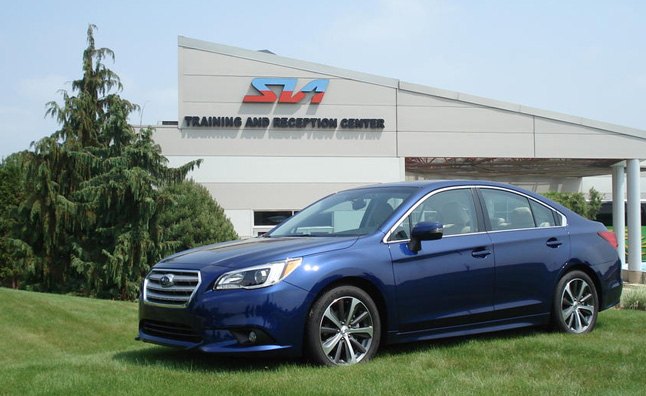

















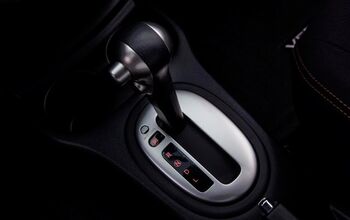
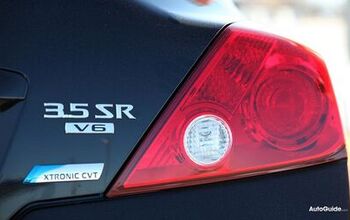

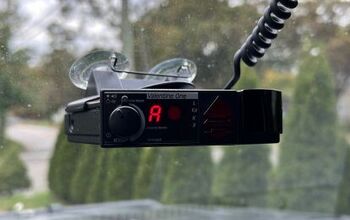



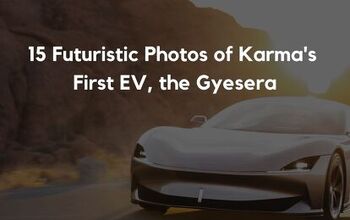

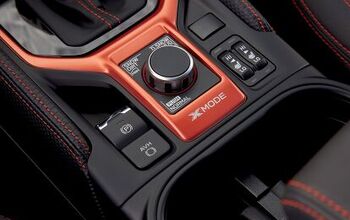
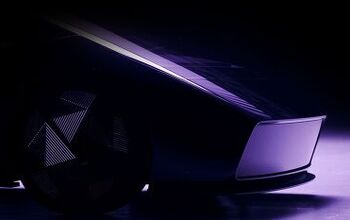
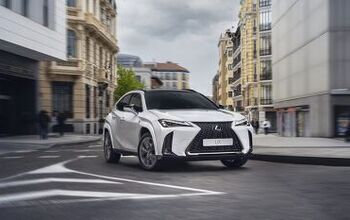



Comments
Join the conversation
I am an experienced A class mechanic. Steer clear of ALL CVT's they are garbage, existing due to low production costs only, saving the manufacturers money, not you!
CVT's are weaker and should be limited to smaller vehicles. People seem to drive them harder because they do not like how they adjust when accelerating. I also see more failure in CVT's due to lack of proper fluid changes. I do think CVT's are basically cheaper to make and provide a little more efficiency in power train. But at the expense of reliability, drivability and longevity. I would avoid them, if you keep your vehicle a long time.